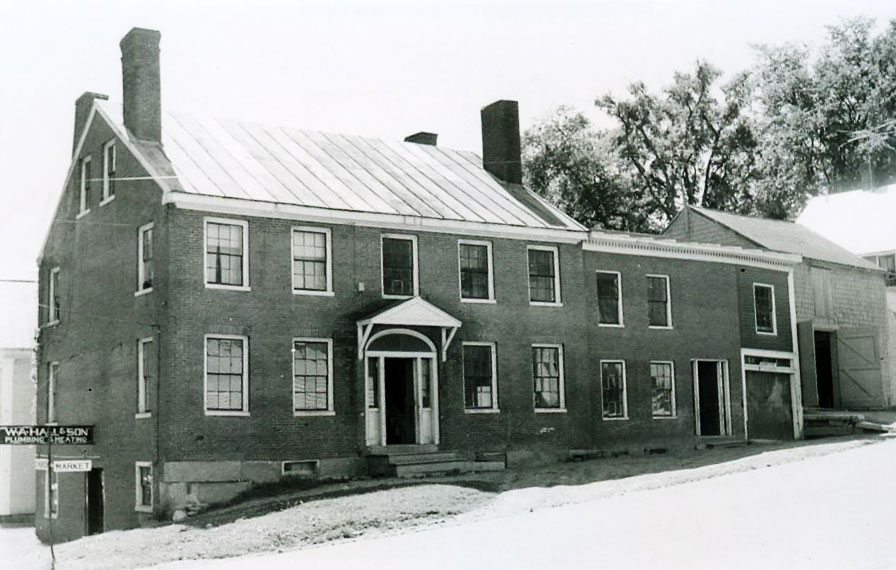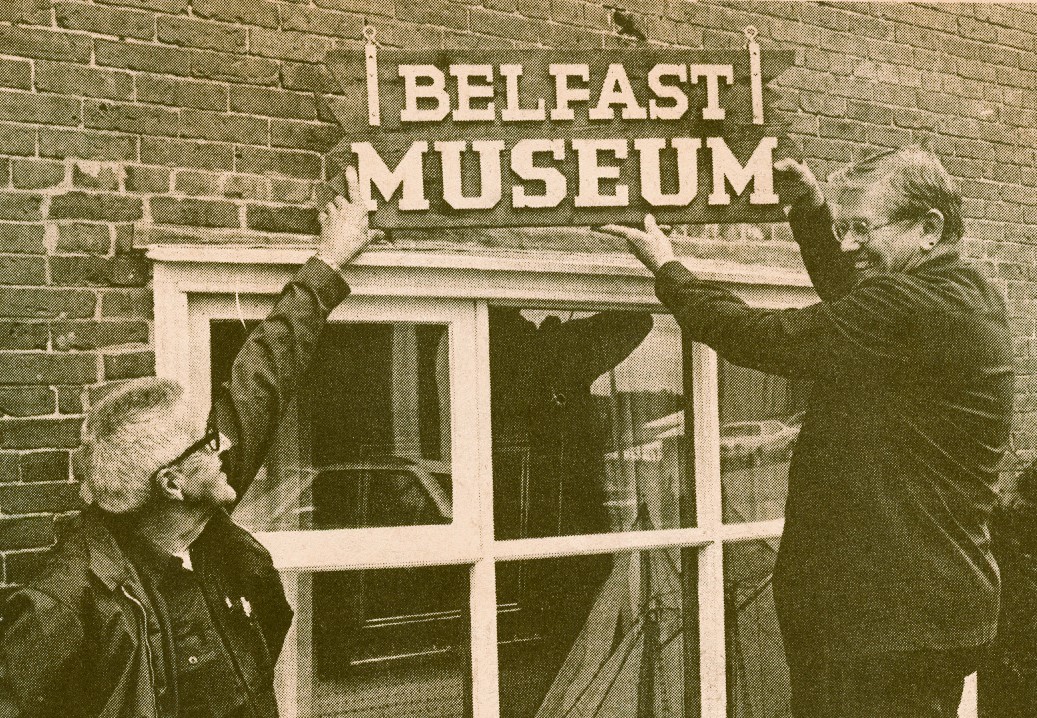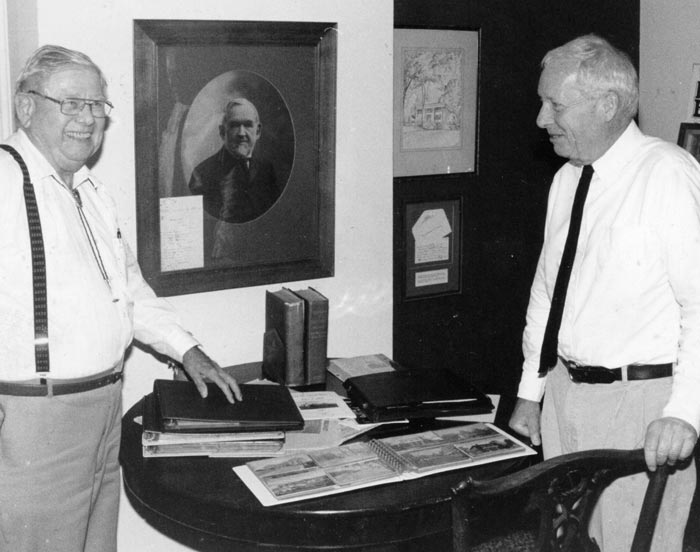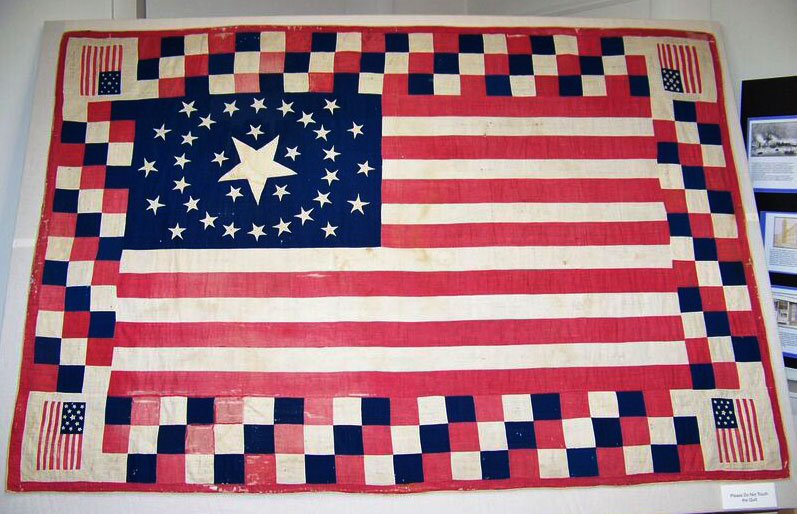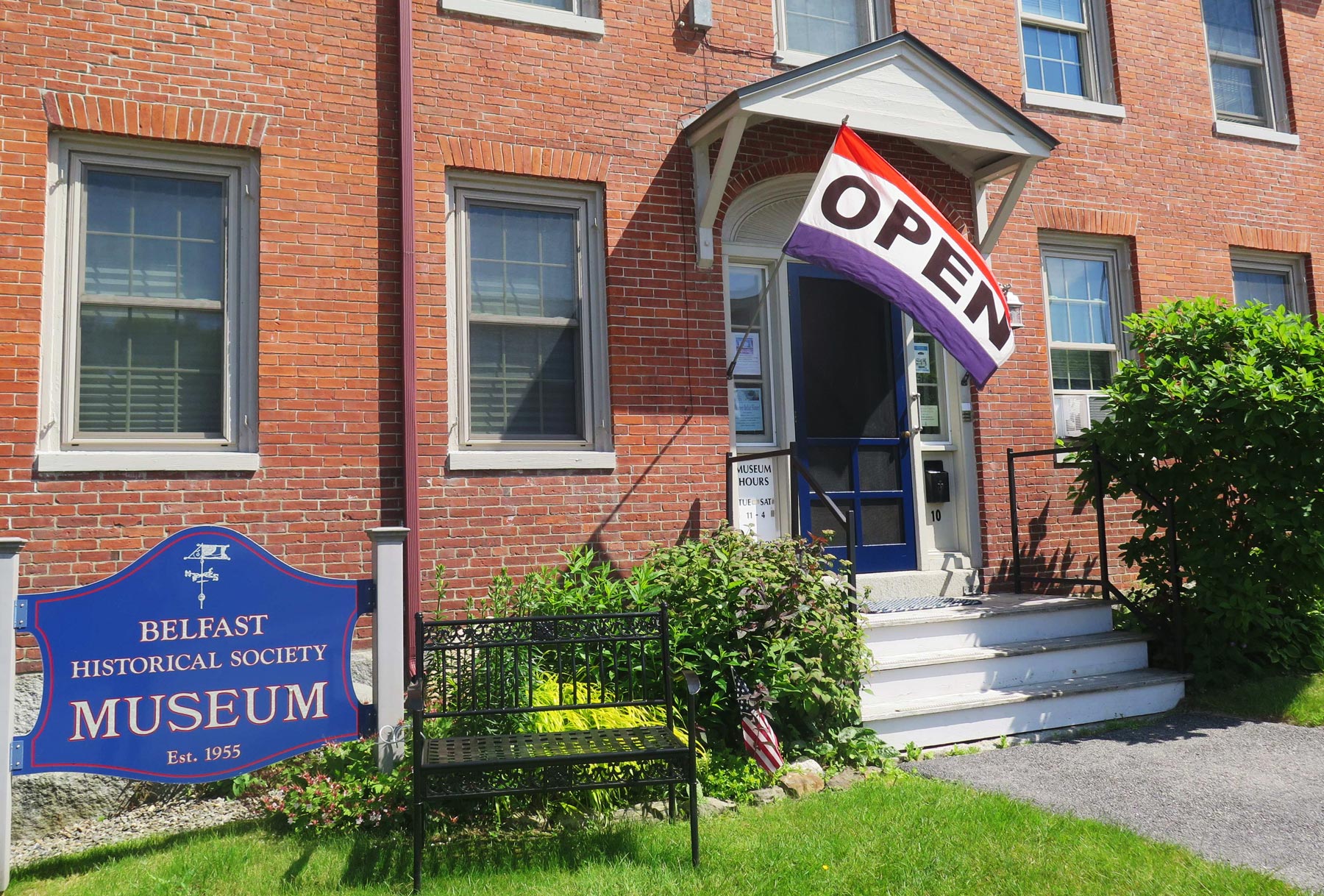The Museum's First Item: California Gold Rush letters
The Museum’s first item accessioned into the collection were seven handwritten letters, donated by Mr. Jack Lothrop. The first was dated July 9, 1850. This letter was sent by Thomas Whittier Lothrop from the gold fields of California to his wife, Sophia, at their home in Belfast. He tells her of the journey, his illnesses and his trouble finding any gold. He added a cryptic postscript to the July 9th letter, a message from a fellow Belfastian who also traveled to California: “Doct Locke wishes me to say to you to say to his wife that he has opened an infermery (sic) but thinks he shall have to give It up on account of the hardness of the work and try to get into some other business he says he wishes he was at home and advises all his friends to stay there.” The last letter was written on September 6, 1851. He closes this letter to his wife by telling her, “I have not taken one minute of comfort since I left home.”
Lothrop returned to Belfast and in 1885 was advertising his saloon on Main Street, which sold fruit and confectionery as well as “oysters served in every stile, hot meals at all hours, soda and ice cream in their season.”

BHSM's Weather Vane Logo
The Belfast Historical Society & Museum logo was drawn by Belfast artist David Hurley. The weather vane symbolizes the manufacturing history of Belfast.
Included on the Museum in the Streets panel #1 depicting the shoe factory on lower Main Street is this brief history of the factory.
Colonel Philo Hersey and two business partners built this imposing shoe factory during the post-Civil War period of industrial expansion. At peak production, over 500 workers stood side by side producing several thousand pairs of shoes and boots every day. Making shoes was the economic mainstay of Belfast industry prior to the opening of the chicken processing plants in the 1940s. Plagued with an aging building and continuing labor difficulties, this factory was closed in 1962 and dismantled in 1965. Two shoe factories continued in more modern facilities until the early 1980s. The shoe weathervane that originally graced the tower was donated in 1988 and is now installed on the Belfast Museum’s barn.
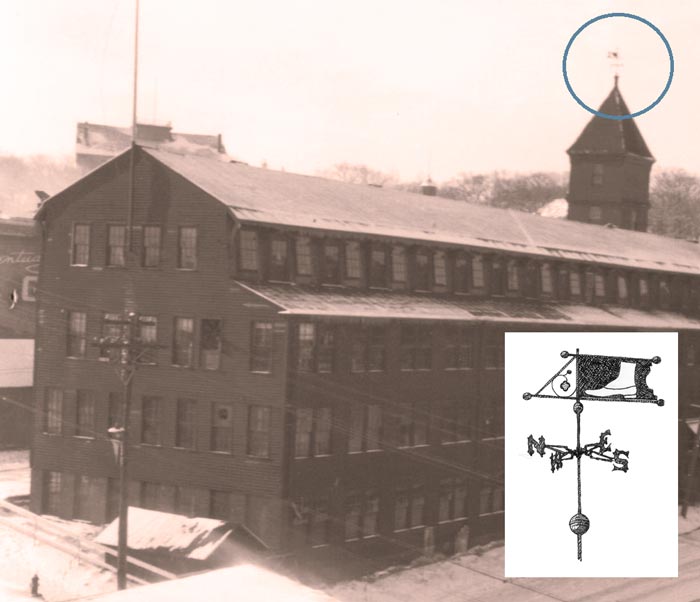
Permanent Exhibits at the Museum
1864 Civil War Flag Quilt
The Story of How the Quilt Returned Home
In 1864, a group of Belfast ladies made a bed quilt and sent it to the Armory Square Hospital, a Union Army hospital in Washington, D.C. The purpose was to recognize and honor those who had fought to preserve the Union. We know this from a 1917 account written by Augusta Quimby Frederick who, as a young woman, had worked on the quilt. The names of the women who stitched the quilt are inscribed on it, along with patriotic messages, poetry, the names of battles, and more.
On March 11, 2011, 150 years since it was made, the quilt returned to Belfast. The month before, the Museum received a telephone call from a woman in Montana. She offered to send it to the Museum, and, of course, we gratefully accepted.
Restoration
Professional conservation of the Belfast Civil War Flag Quilt is complete, which was performed by Deborah Bede of Stillwater Textile Conservation Studio in Bradford, New Hampshire. Upon inspection, we are fully satisfied, indeed delighted, by the appearance of the quilt and the high quality work done by Ms. Bede.
Since it's conservation the quilt is now prominently displayed as the centerpiece at the Museum.
To learn the rest of the story, watch the video below from our Window on History series — The 1864 Civil War Flag Quilt.
Also on Display
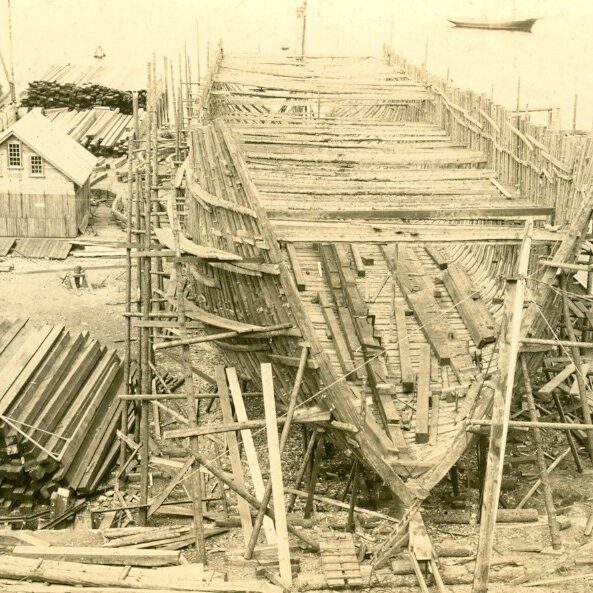
Maritime History
Belfast area shipyards built more than six hundred sailing vessels during the mid–19th century. Nearly one–third of all men were employed in the ship building or maritime trades. Belfast–built vessels were known for their fine lines, speed and beauty. Come and see our collection of paintings, photos and the ship's model of the Charlotte W. White and imagine the life of a seafarer.
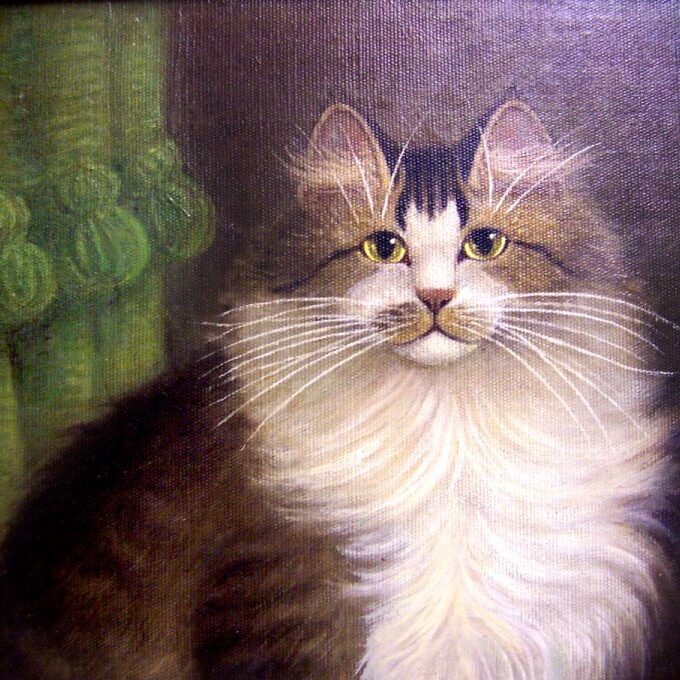
Artist Percy Sanborn
Percy Sanborn is best known for his marine paintings of Belfast–built vessels. During the late 19th century he produced many watercolor and oil paintings of scenes around Belfast, as well as portraits of pets, horses and floral still–lifes.
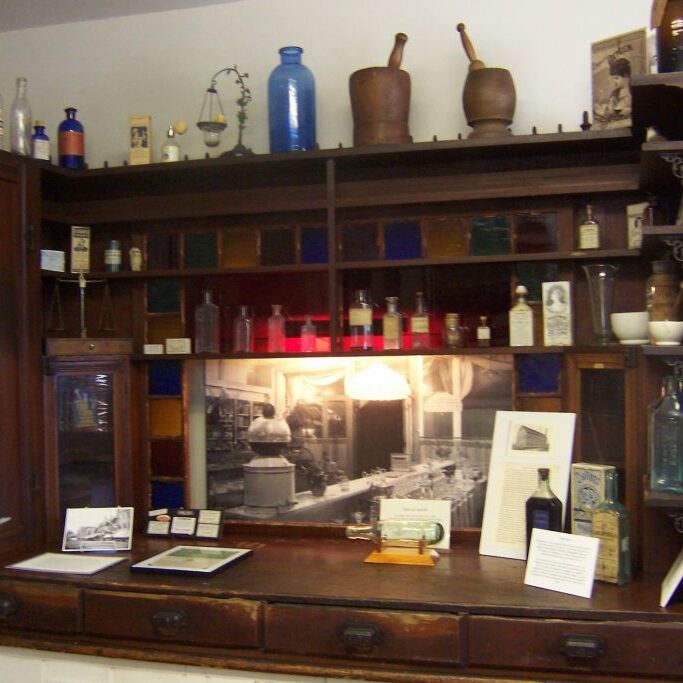
19th Century Apothecary
Dr. William Poor opened his apothecary in 1814. Prior to its closing in the mid–1980s, it was the oldest business operating in Belfast and the oldest drug store in Maine. On display is the pharmacist’s bench and various popular “cures” from the 19th century. A fascinating look back into the evolution of early American medicine.
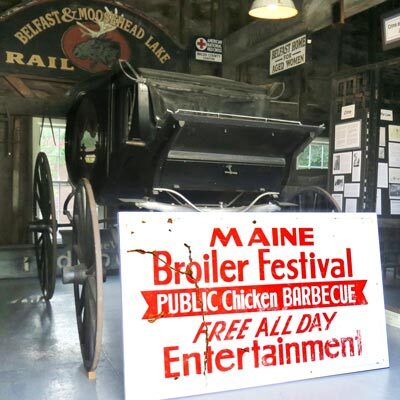
Museum Barn Exhibit
Visitors to the recently renovated barn will enjoy seeing the 19th century horse drawn hearse and the two–cell jail. The jail was built in the 1890’s by the E. T. Barnum Iron Works in Detroit and was housed for many years in the lower level of City Hall. We encourage our visitors to experience the lock–up!
Museum In The Streets
The Belfast, Maine Museum in the Streets® is a heritage-discovery tour which features 30 panels and two large map panels. The tour is made up of photographs and interpretive text describing historic houses, the downtown, the waterfront and a few of our best-known men and women.
All panels give the viewer a sense of place. It is designed as a bi-lingual history walking tour. We have chosen French as the second language in recognition of the Franco-American community within Maine.
On the right are a select few of the panels.
Legendary Firsts
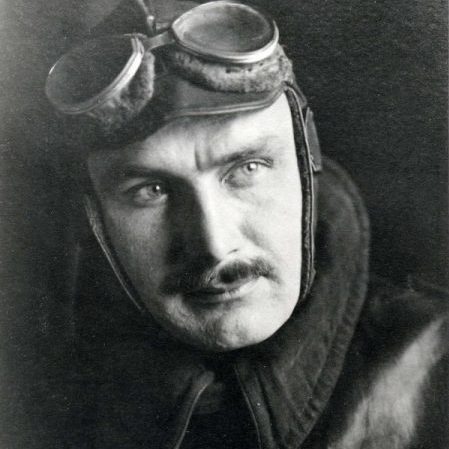
Daredevil of the Skies
Captain Albert W. Stevens, Belfast native son, was an aeronautical pioneer and innovator who made significant contributions to aerial photography in the early 20th century. In 1935, Stevens commanded the flight of “Explorer II”, a helium balloon that soared to an altitude of fourteen miles, a record that stood until 1956. During the flight Stevens took the first ever photograph of the curvature of the earth.
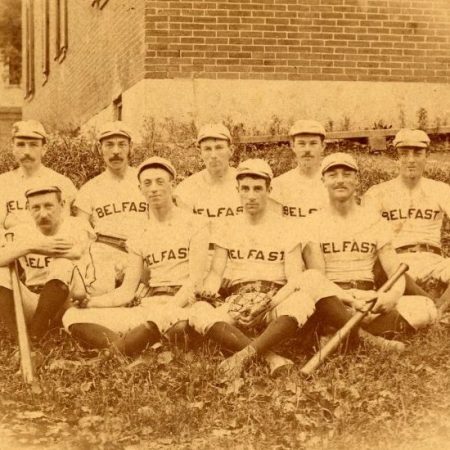
Early Baseball Great American Pastime
Any fan of baseball will recognize the expression, “At bat, on deck and in the hold (hole).” But, did you know the phrase was first coined by a Belfast scorekeeper during a game played on August 7, 1872 between the Belfast Pastimes and the Boston Red Stockings?
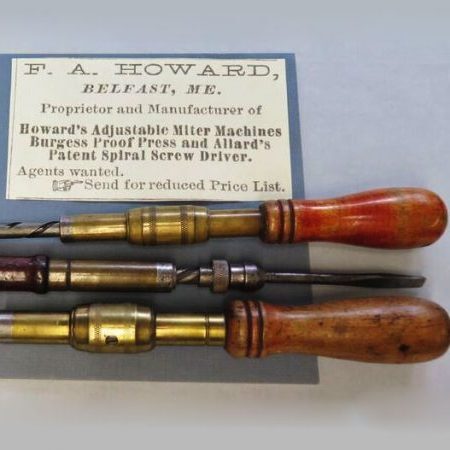
Made In Belfast
Belfast is known for several innovations and inventions which are recognized throughout the world. Did you know the spiral screwdriver, more commonly known as The Yankee Screwdriver, was invented in Belfast? The first patent for this handy tool was awarded to Isaac Allard, local machinist and watchmaker, in August, 1868. The first screwdrivers were also made in Belfast at the Howard Manufacturing Company.
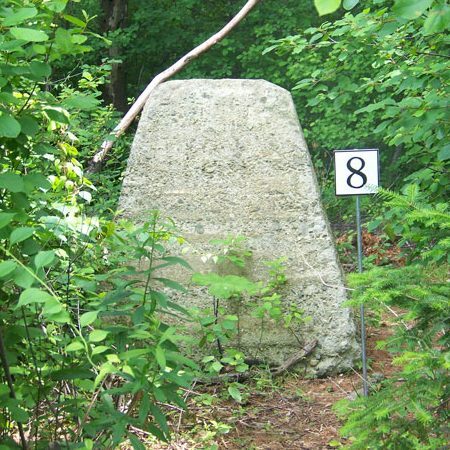
Radio Corporation of America
On March 14, 1925, radio history was made in Belfast. The first long-wave radio broadcast from 2LO London, England was received by the experimental RCA station in Belfast. The site closed in 1929 and was abandoned. In 2003 a search and mapping project uncovered artifacts and other historical information about the station. A recording of that first transmission is part of the museum exhibit. Read in detail about Belfast's RCA station.
Old Ship Models
This model of the Charlotte W. White, a full–rigged ship which was built in Belfast in 1858. Of exceptional quality, the model is so finely detailed that even the tiny compass seems to work.
The return of the Charlotte W. White to her home port of Belfast is in itself an intriguing story. In February of 2006, while conserving and cataloging a collection of papers at the Museum, the archivist came across a letter of inquiry dated April, 1971 from a public library in Elmira, New York. The library had in its possession the ship model which had been brought to Elmira by the White family sometime around 1876, and they were asking for information about the family. The archivist answered the thirty-five-year-old letter with the information and, after further communication, the model was generously donated to the Belfast Museum.
It pays to answer old letters!


